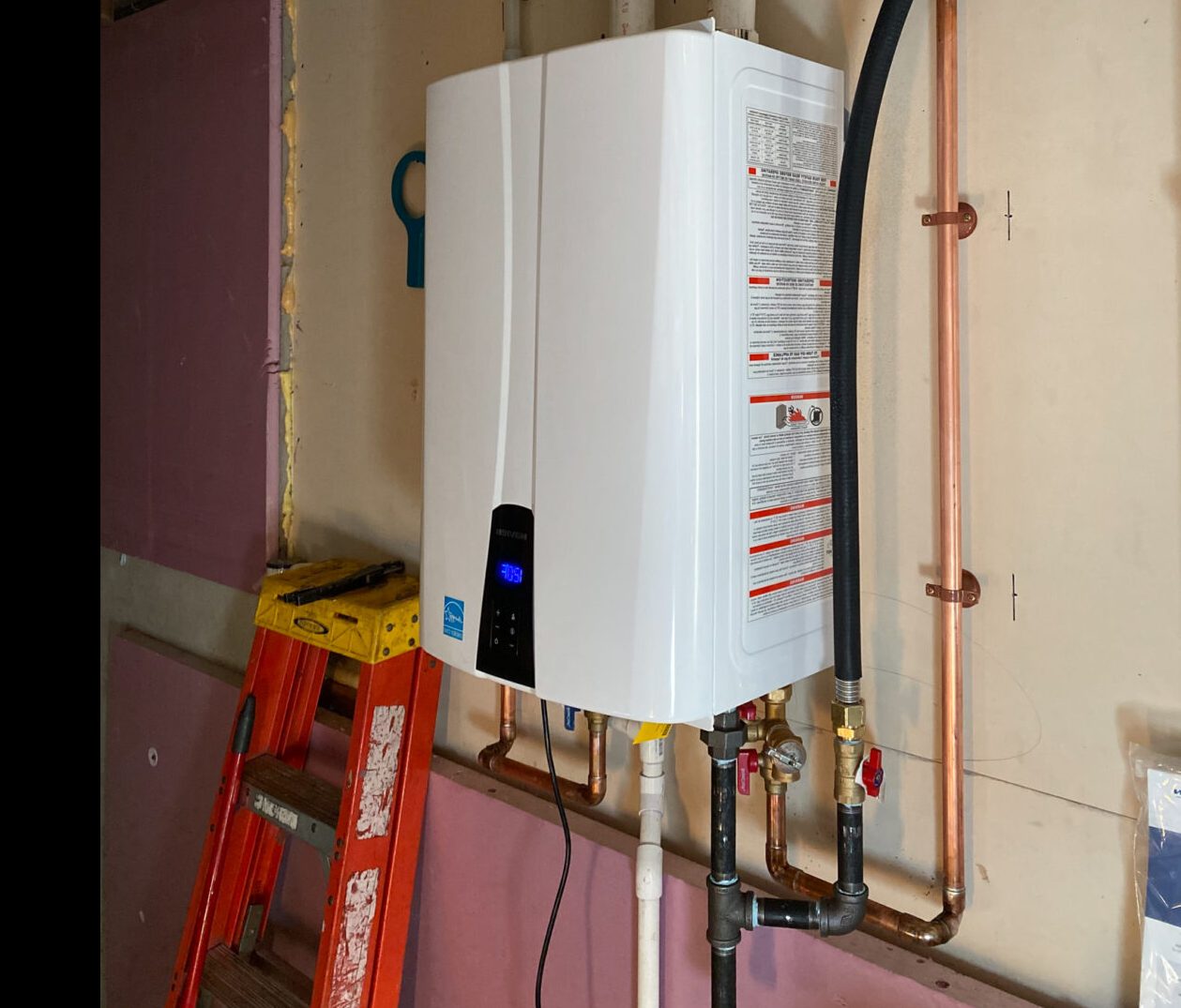 If you want to make a wise investment that will save you money over time and increase your home’s energy efficiency, go with a tankless water heater. However, upfront costs can be high. These on-demand systems heat your water only when you turn on a tap. They are safer than traditional tanks, which can leak and cause fires.
If you want to make a wise investment that will save you money over time and increase your home’s energy efficiency, go with a tankless water heater. However, upfront costs can be high. These on-demand systems heat your water only when you turn on a tap. They are safer than traditional tanks, which can leak and cause fires.
Energy Efficiency
- Energy-efficient appliances like tankless water heaters help cut utility bills. They also pay for themselves with their long lifespan. They double the forecasted lifespan of a storage-tank water heater. Tankless water heaters don’t waste energy like traditional tank-style systems by cycling water. Switching means saving 8% to 50% on your energy bill. However, retrofitting a tankless water heater into an existing home can be expensive. It often requires the installation of new piping and electrical systems to accommodate it. These costs can drive up upfront installation prices significantly. Hence, make sure to get estimates before going ahead with the project.
Convenience
One of the pros of using tankless water heaters Pleasanton CA is that they always have hot water. You must flush them at least once a year to remove the minerals that can clog the relief valve and reduce energy efficiency. On-demand water heaters heat the water when you turn on a hot water tap, eliminating the standby energy losses of traditional tank-style units. However, they can need help to provide consistent temperatures when multiple people use the same faucets simultaneously. It isn’t a huge problem, but it can be disconcerting at first.
Space Saving
Water is only heated by tankless water heaters when a hot water faucet is turned on, eliminating the need for a storage tank. They can be put on the wall and are considerably smaller than conventional storage water heaters. It allows for greater flexibility in space utilization. For example, they can be installed in closets and other areas that can’t accommodate the larger tanks of traditional heaters.
This water heater requires periodic flushing to remove hard water deposits from the heat exchanger. It can be expensive if you live in an area with hard water. Additionally, the upfront costs of a tankless water heater are higher than those of a traditional storage tank unit.
Fast Hot Water
Unlike traditional water heaters that have to heat a large tank, tankless water heaters constantly only turn on when you need hot water. It can lead to significant energy savings. However, your home may require multiple on-demand water heaters based on the flow rate of showerheads and washing machines. A qualified plumber can assess your needs and provide recommendations. The tankless water heater may need assistance to keep up with demand if the dishwasher and washing machine are used simultaneously or if your kids are taking turns showering. If this happens, you may experience cold showers. It can also be an issue with a gas model.
Longevity
A tankless water heater has a life expectancy of about 20 years, considerably longer than traditional tanks’ average lifespan. That makes a tankless unit a good investment for homeowners who intend to remain in their homes long-term and for new construction properties. However, on-demand units need annual maintenance to prevent mineral buildup from clogging the heat exchanger. A homeowner can perform this 20-minute procedure by flushing the system with vinegar. It will also help avoid inconsistent temperatures in showerheads and faucets. Conflicting water temperature issues are often caused by improper sizing and installation.
Safety
Tankless models are very safe, unlike traditional storage water heaters that can overheat or even explode. They can spare households hundreds of dollars in water damage and don’t leak like tanks. Engage a professional to install the tankless water heater if you so choose. It can size the unit and ensure your house is compatible. They must also install new piping, create and properly seal exhaust vents, and remove the old water heater. Be prepared to spend around $3,000 on this project. However, it could pay for itself in energy savings over time. Also, you’ll likely receive tax breaks or other incentives.






